Growing Geriatric Population
The growing geriatric population is a crucial factor influencing the Laryngeal Mask Market, as older adults often require surgical interventions that necessitate effective airway management. With an increasing number of elderly individuals facing health challenges, the demand for laryngeal masks is expected to rise. This demographic shift is prompting healthcare providers to seek solutions that cater specifically to the needs of older patients, who may have unique anatomical considerations. In 2025, the market is projected to expand significantly, driven by the need for specialized airway management devices that ensure safety and efficacy during anesthesia. Consequently, the Laryngeal Mask Market is likely to adapt to these demographic changes, focusing on product development that addresses the requirements of the aging population.
Rising Demand for Anesthesia Devices
The Laryngeal Mask Market is experiencing a notable increase in demand for anesthesia devices, driven by the growing number of surgical procedures performed worldwide. As healthcare systems expand and improve, the need for effective airway management solutions becomes paramount. In 2025, the market is projected to witness a compound annual growth rate (CAGR) of approximately 6.5%, reflecting the increasing reliance on laryngeal masks in both elective and emergency surgeries. This trend is further supported by the rising prevalence of respiratory diseases, which necessitate advanced airway management techniques. Consequently, manufacturers are focusing on developing innovative laryngeal mask designs that enhance patient safety and comfort, thereby contributing to the overall growth of the Laryngeal Mask Market.
Expansion of Healthcare Infrastructure
The expansion of healthcare infrastructure is a significant driver for the Laryngeal Mask Market, particularly in emerging economies. As countries invest in modernizing their healthcare facilities, the demand for advanced medical devices, including laryngeal masks, is likely to rise. This trend is evident in regions where governments are prioritizing healthcare access and quality, leading to an increase in surgical procedures. The World Health Organization has reported a growing number of surgical interventions in low- and middle-income countries, which is expected to boost the adoption of laryngeal masks. By 2025, the market is projected to benefit from these developments, with an estimated growth rate of 7% in regions enhancing their healthcare capabilities, thereby reinforcing the Laryngeal Mask Market.
Increasing Awareness of Patient Safety
Patient safety has emerged as a critical concern within the Laryngeal Mask Market, prompting healthcare providers to adopt safer airway management practices. The emphasis on minimizing complications during anesthesia has led to a heightened awareness of the benefits associated with laryngeal masks. These devices are recognized for their ability to reduce the risk of airway obstruction and improve ventilation efficiency. As a result, hospitals and surgical centers are increasingly integrating laryngeal masks into their protocols, which is expected to drive market growth. In 2025, the market is anticipated to reach a valuation of over USD 500 million, underscoring the importance of patient safety in shaping purchasing decisions and influencing product development within the Laryngeal Mask Market.
Technological Innovations in Medical Devices
Technological innovations are reshaping the Laryngeal Mask Market, as manufacturers strive to enhance the functionality and safety of their products. The introduction of materials that improve biocompatibility and reduce the risk of adverse reactions is becoming increasingly common. Additionally, advancements in design, such as the incorporation of inflatable cuffs and improved ventilation features, are making laryngeal masks more effective. These innovations not only cater to the evolving needs of healthcare providers but also align with regulatory standards aimed at improving patient outcomes. As a result, the market is expected to grow steadily, with a projected increase in sales driven by these technological advancements, which are likely to account for a significant portion of the Laryngeal Mask Market.


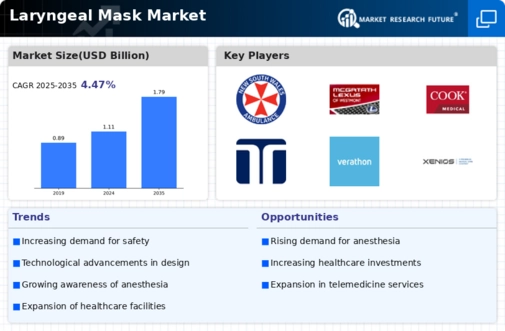
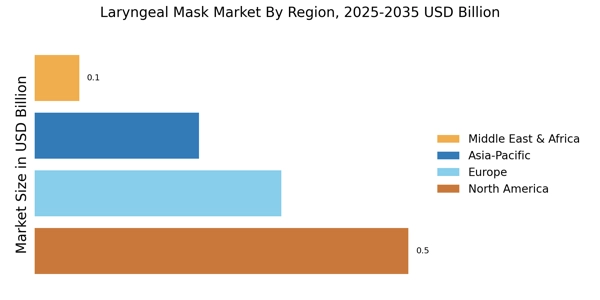
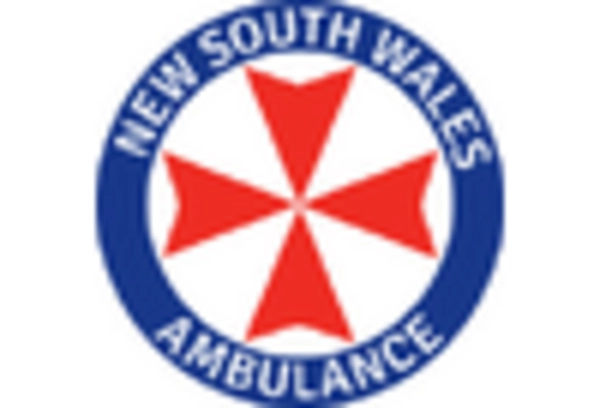
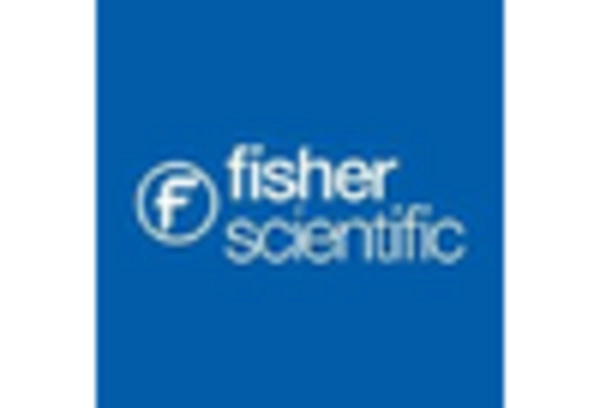

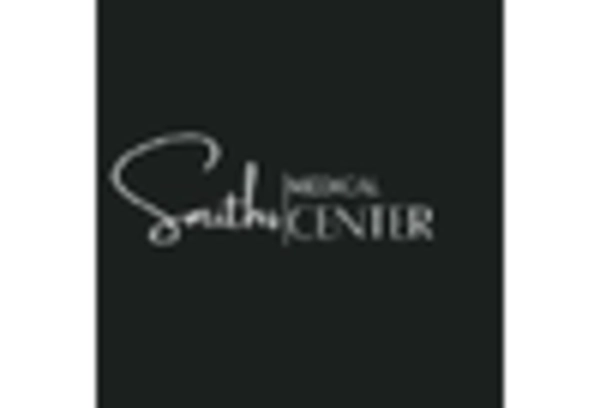
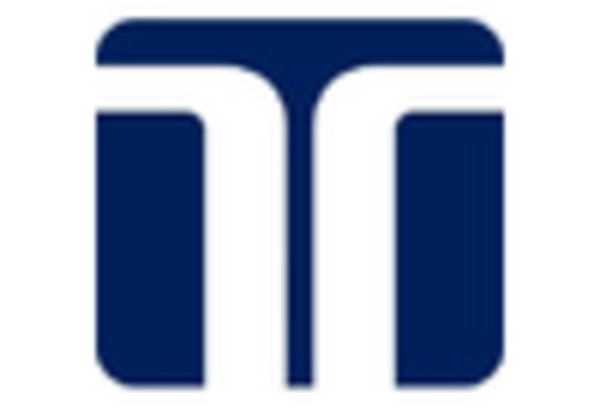
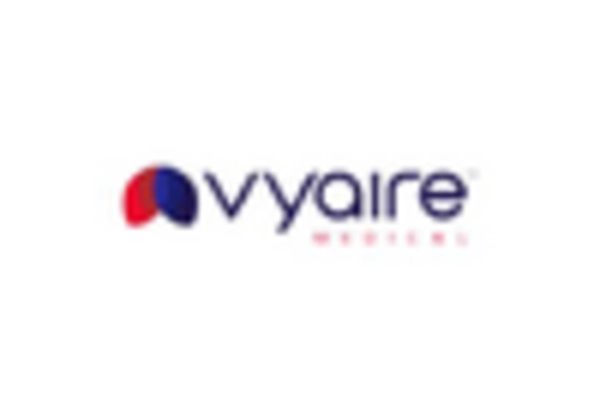








Leave a Comment